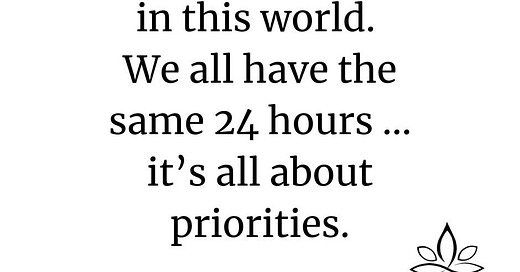
When you have a good idea, make sure you have someone on your team who can “kick the tires” on it.
It’s tempting to surround yourself with people who will agree with you. But if you create an echo-chamber of sycophancy, you’ll end up making catastrophic decisions.
Make sure your ideas are strong enough to survive a vigorous “peer review.” Seek out and value the opinions of smart people who think in different ways. Get at least one person on your team who doesn’t hear “What could go wrong?” as a rhetorical question.
You might choose to ask the person to privately share the shortcomings they perceive, so that they don’t demotivate the whole team as a “Debbie Downer.” Focus on each issue to see if there is a fix or workaround—can you build a bridge over the metaphorical ditch they are pointing out? Add the contingencies, fixes, and workarounds to be part of the plan, to be used if/when needed.
Use your own discernment to determine whether a concern they raise is a problem that can be fixed as things move forward, or if it is something that makes the entire plan unworkable. And be grateful for the person who can point out why your plan WON’T work—if there is a true “deal-breaker” you had not considered. That person will save you significant time, effort, money, and embarrassment.
(Photo by Mimi Thian on Unsplash)









